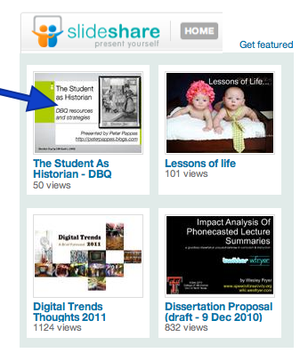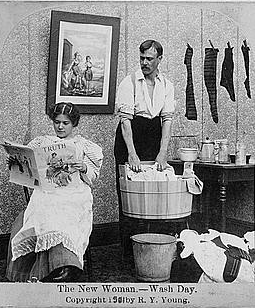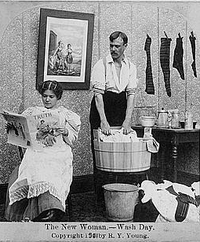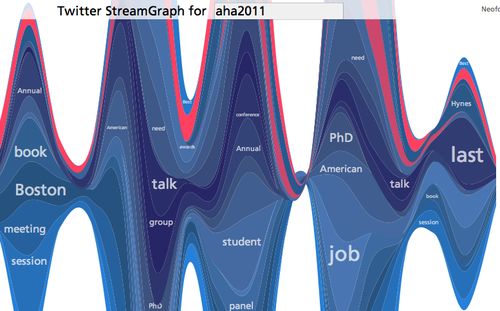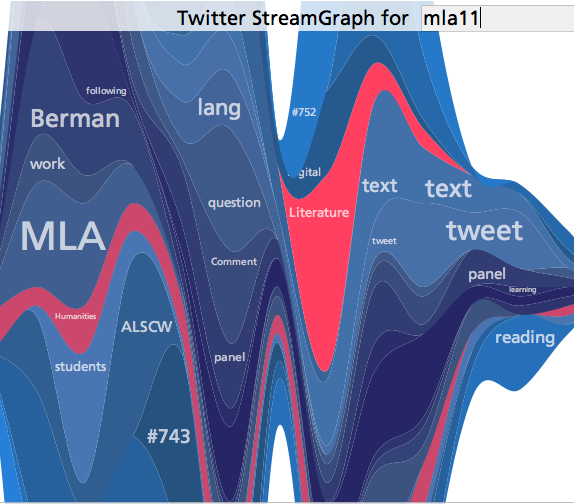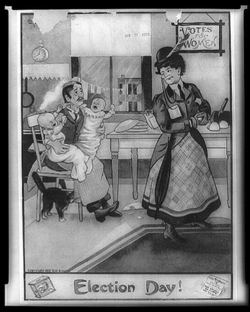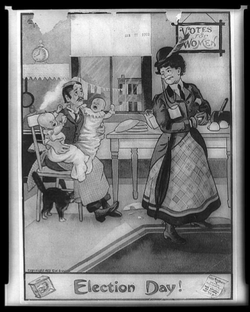
The Angry Birds app for my iPhone cost me $.99. I just checked my app stats and it appears I’ve won a “medal” for playing the game for more than 15 hours. (Disclosure: I’ve owned the program for about two months.) The next medal comes after 30 hours of play. Thus, my cost of Angry Birds is somewhere between 3 and 6 cents per hour – and dropping.
Where did I find the 15+ hours to destroy those evil pigs? What’s the opportunity cost of vengeance?
The price of information is rapidly approaching zero. Normally as cost of a commodity drops, we consume more of it. But unlike all the other cheap stuff we buy, and then later discard, cheap information demands our attention. Despite all the claims of multi-tasking, we are stuck with a finite attention span. Thus the ability to selectively filter out unwanted information and stay focussed on a task is emerging as the most significant digital literacy.
And it appears I’m not the only one distracted by green pigs. Peter Verterbacka, of Rovio (makers of Angry Birds) estimates 200 million minutes of play per day across the globe. Expect to see that number grow. Rovio recently surpassed a million downloads a day.
200 million minutes less to accomplish _________
…. I can only hope it comes at the expense of lolcats.


